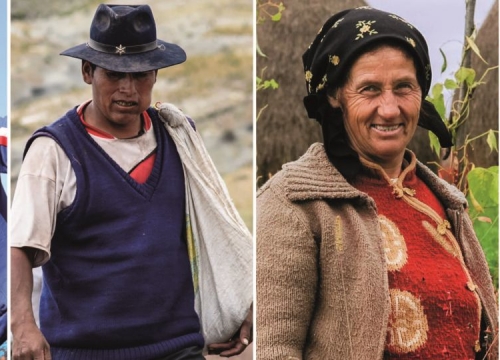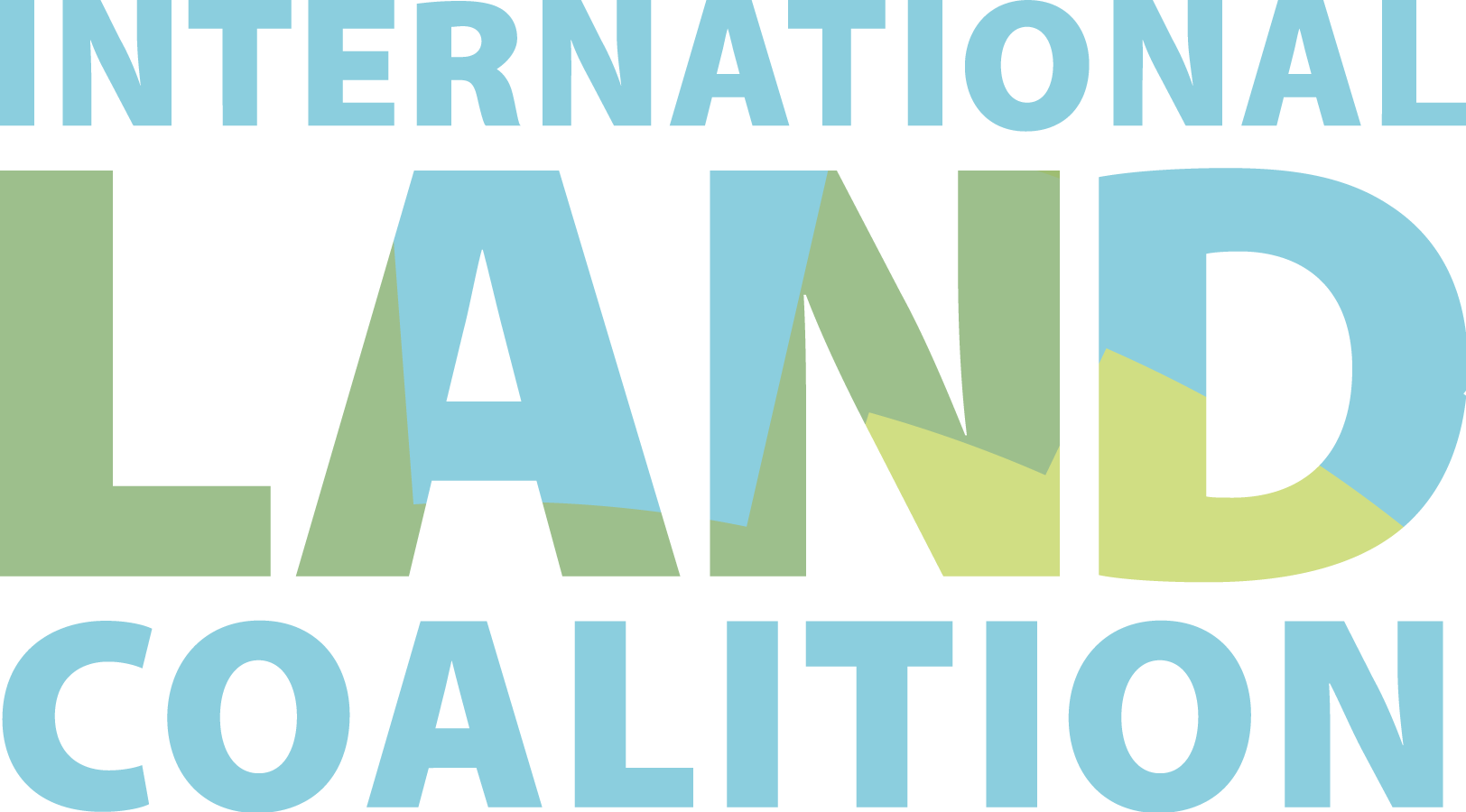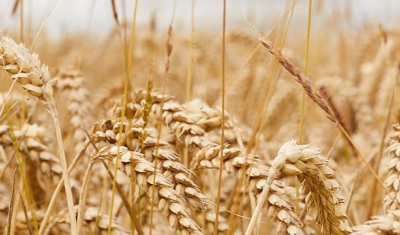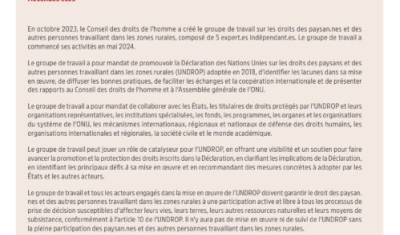The UN Declaration on the Rights of Peasants: A Tool to Protect the Right to Land
Event


ILC

With Spanish and French Translation
The United Nations (UN) Declaration on the Rights of Peasants and Other People Working in Rural Areas (UNDROP) has been adopted in 2018. Our new manual The Right to Land and UNDROP (also available in French and Spanish) is a guide on how we can use UNDROP to protect the right to land.
This Learning Lab, co-organised with the International Land Coalition (ILC), will provide ILC members and the broader land community with the basics of UNDROP, the right to land and its implementation.
What you Will Learn
- Main UNDROP’s elements relating to the right to land
- What are the states’ obligations under UNDROP
- The role of human rights mechanisms in monitoring UNDROP and the right to land
- Examples of good practices in using UNDROP at the national level that can be replicated in other countries.
Learn From
- Christophe Golay, Senior Research Fellow and Strategic Adviser on Economic, Social and Cultural Rights, Geneva Academy: A Guide on the right to land and UNDROP
- Jagat Basnet, Executive Director, Community Self Reliance Center (CSRC), Nepal: Fighting forced evictions and displacements and raising awareness about the right to land and UNDROP in Nepal
- Emmerance Tuyishime, Programme Officer, pan-African Farmers’ Organisation: Using UNDROP to protect farmers land rights in Africa
- Hélène Tigroudja, Member, UN Human Rights Committee: The use of UNDROP by the UN Human Rights Committee to protect the right to land/home and how the Inter-American Court of Human Rights used UNDROP recently
- Michael Windfuhr, Member, UN Committee on ESCR: The work of the UN Committee on Economic Social and Cultural Rights, UNDROP and the Right to Land, with a focus on the elaboration of a General Comment on Land by the Committee
- Liliana Vargas, Red Nacional de Agricultura Familiar (National Network of Family Farming – RENAF), Colombia: Fighting for agrarian reform and the recognition of peasants as rights-holders in Colombia
Moderation
- Mike Taylor, Director, International Land Coalition.
Get Ready: Relevant Links
Video
The UN Declaration on the Rights of Peasants: A Tool to Protect the Right to Land
This Learning Lab, co-organised with the International Land Coalition (ILC), provided ILC members and the broader land community with the basics of UNDROP, the right to land and its implementation.
KEY MESSAGES FROM THE EVENT
- UNDROP was adopted through a UN General Assembly resolution, hence all UN Member States are expected to implement the Declaration.
- Despite the tendency to believe that soft law instruments such as UN declarations are weaker in comparison to hard laws, soft law instruments are extremely influential. E.g. Universal Declaration of Human Rights
- The definition of the right to land is included in article 5 and 17 of the UNDROP. This right can be exercised individually and/or collectively, in association with others or as a community, with the aim to achieve an adequate standard of living, to have a place to live in security, peace and dignity, and to develop peasant cultures.
- The right to land and other natural resources in UNDROP include freedoms and entitlements. Among others, these embrace the right to conservation and sustainable use of land, freedom from discrimination, including gender discrimination, freedom from forced eviction and displacement, and freedom from negative effects of land exploitation.
- In supporting UNDROP’s implementation, one can promote the whole declaration or defend specific rights included in the declaration, while increasing accountability and access to justice.
- UNDROP article 27 provides that all international organizations shall support the implementation of the Declaration.
Accountability for violations of the rights enshrined in the UNDROP shall be increased by the establishment of new human rights monitoring mechanisms, and by the reinforcement of existing ones at national, regional, and international levels.
- At the national level, mobilising people at the ground level and connecting them with policy-makers for policy reforms and implementation has always proven to be effective. In this regard, UNDROP provides a framework. For example, in Colombia, UNDROP is helping peasant organisations to push for agrarian reforms, and in Burkina Faso, it can be used to strengthen peasant organisations.
- There are references to youth and children in UNDROP. For example, article 17 on land provides that States shall give priority to youth (as well as landless) in agrarian reforms, while in article 13 States committed to protect children from child labour in agriculture. Special attention should be given to children and youth in the implementation of the declaration.
- Currently, the UN Committee on Economic, Social and Cultural Rights is developing a General Comment on land. The first draft of the comment will be placed in the public domain in late April 2021 for feedback from stakeholders including governments, CSOs and the public at large. It will be made available in English, French and Spanish. The public consultation will run for a period of three months before the planned adoption of the General Comment by the Committee in late 2021.
- A General Comment by a UN Treaty Body is a useful tool as it lays out what this monitoring body perceives to be States Parties’ obligations. In that case, it will refer to existing rights under the treaty, including the rights to food, to water and to housing, and it will guide States, judges, CSOs or any other stakeholder interested in monitoring State Parties’ obligations in relation to land.
- The general comment on land will be published here for public consultation.








